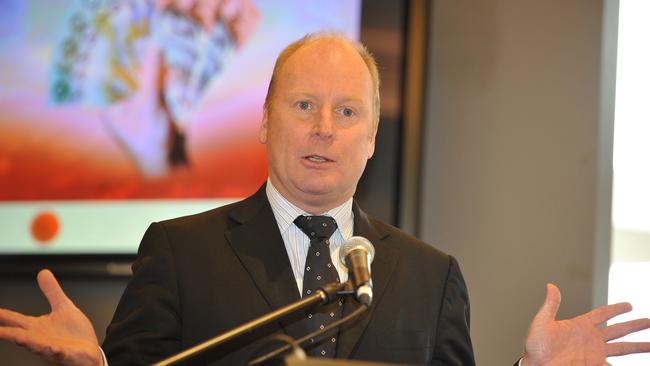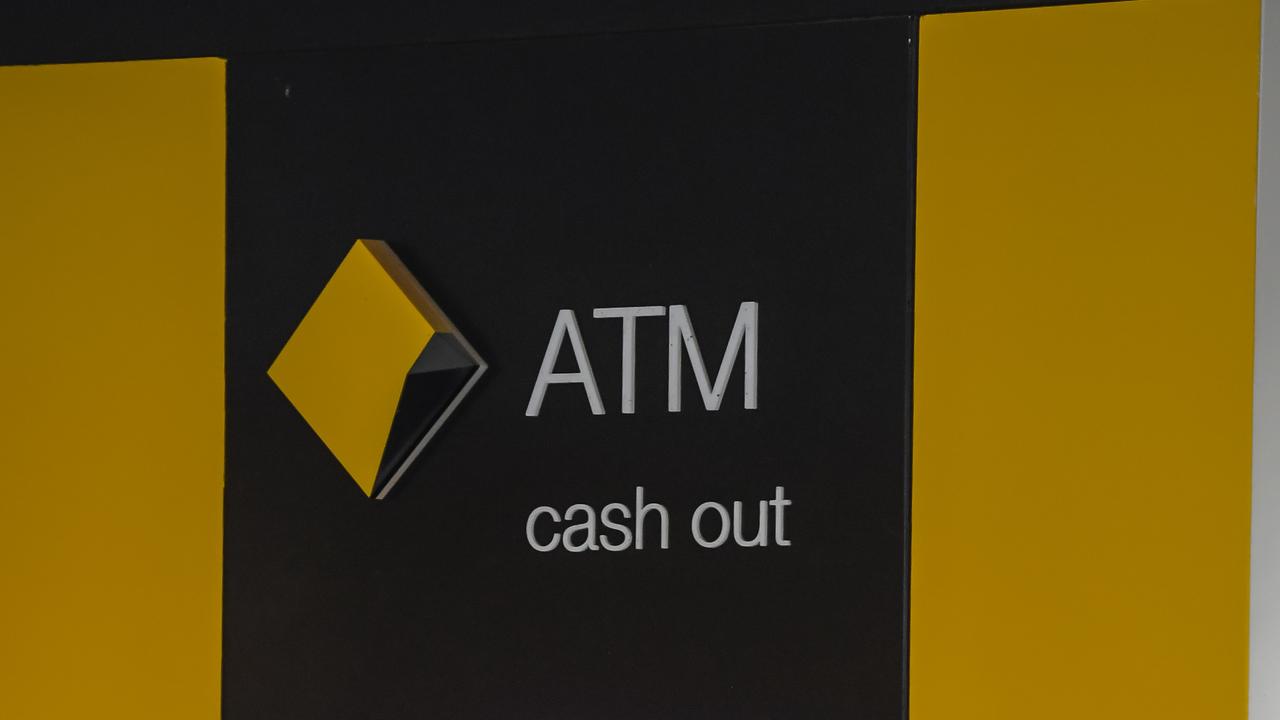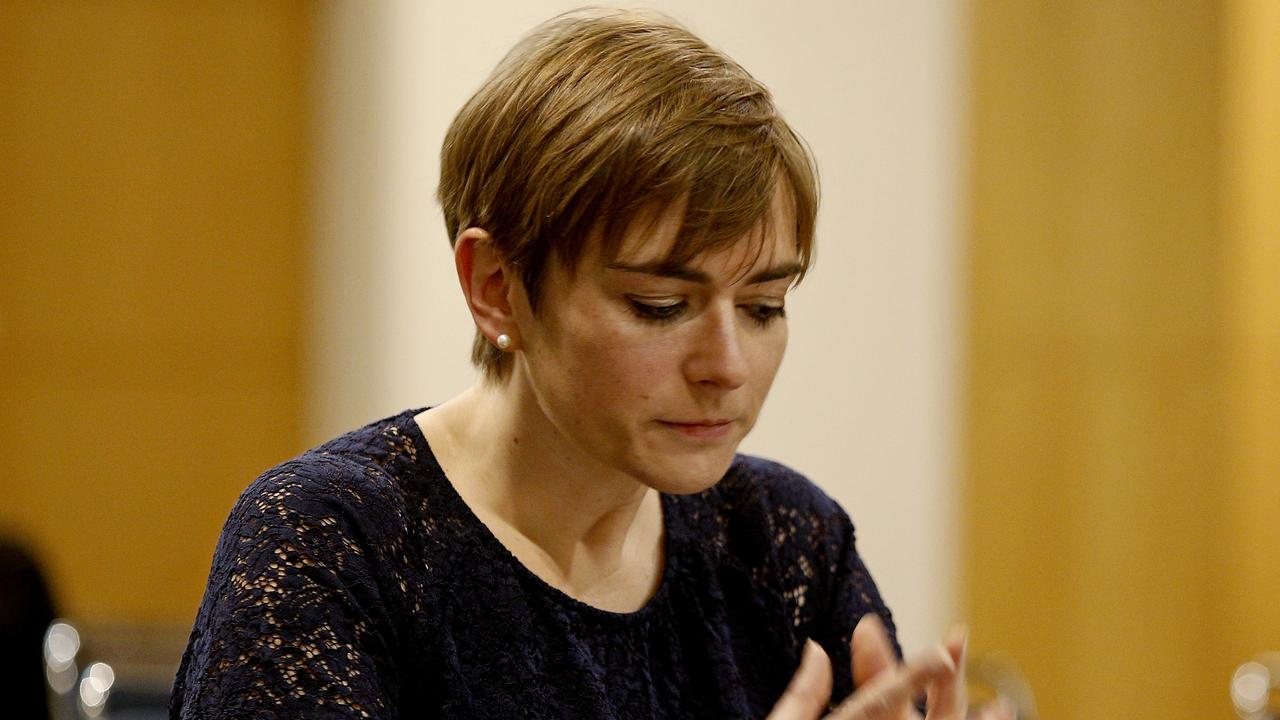Diversification key for Australian steelmaker to stay alive in competitive global marketplace
IN Wollongong, every day, people worry where their future lies. Now the future of one of Australia’s two remaining major steelworks is in doubt.

IN Wollongong, every day, people worry where their future lies. For 88 years steel from Port Kembla’s blast furnaces has been the mainstay for the city. Now the future of one of Australia’s two remaining major steelworks is in doubt.
Owner BlueScope Steel says it has two options. The first is to cut a further $200 million of costs out of the business. That will be tough. The second is to close the plant, with a cost of 5000 jobs — as well as the myriad contractors and small businesses who rely on the plant.
It seems odd Australia can’t make steel profitably. We have the raw ingredients: coal, iron ore and cheap electricity. But the key to modern production is scale. Without scale it is hard to bring unit costs down, despite imported steel carrying the natural disadvantage of expensive freight costs.
In many ways, BlueScope’s issues and decisions mirror the discussions that have taken place in many small businesses around Australia for the past decade. BlueScope has moved its manufacturing to different parts of the world, including China, Indonesia, Thailand, Malaysia, Vietnam and the US. It now has 100 plants in 17 different countries. It has created its own branded retail products to shift emphasis away from making a commoditised bulk product.
You get the sense that the problems of operating a globally small steel plant from Australia have been understood by the business for more than a decade, and that a series of long-term strategies have been put in place to cushion the impact on the business and the shareholders if there is ever a time to shut down the local blast furnaces.
More than anything, the company gradually shifted its business from being a steelmaker to being a building products supplier. It was the key to the long-term sustainability of the business. That said, it is happily a 50:50 partner in a low-cost US mini-steel mill in Ohio, where it is the low-cost operator competing against larger and more traditional steel mills.
Small manufacturers and other businesses would do worse than studying the BlueScope model and its evolution. There have been mistakes along the way (and the business has not been the most dynamic on the stock exchange) but for a business that could have disappeared altogether there are plenty of lessons on how to strategically shift focus.
Outgoing BlueScope chairman Graham Kraehe, a former Reserve Bank director, said in last year’s annual report: “The manufacturing sector has faced many headwinds in recent years.
“Some of these headwinds, like the high Australian dollar, are difficult for anyone to control.
“Others, however, were a result of poorly conceived or executed government policies that simply added unnecessary costs and reduced Australia’s competitiveness.”
The dollar coming down gives all manufacturers and service industries a better chance to compete. But change is ever-present.
As Kraehe himself notes: “BlueScope’s turnaround demonstrates that even in a tough market, it is possible to survive and grow.”
IRON WILL AND WILLINGNESS TO MOVE WITH THE TIMES
MASCOT Engineering and the Taylor family know all about closing down a steel operation. In 1996 they closed down one of the last iron foundries in Australia. A tough decision, but without it, the business would be unlikely to be celebrating its 95th anniversary this year.
The Taylor family bought Mascot Engineering in the 1950s. It is now being run by Nick Taylor — the third generation. But it was his father Brian who made the tough call to close the foundry because he could see the business was progressively losing competitiveness.
Before the closure, the business had started with a new product — glass reinforced concrete. Monier, then one of Australia’s leading brick and rooftile manufacturers, came to Brian for help to develop new drainage pits.
“As it turned out we sold more than Monier and eventually we bought out that part of their business,” Nick says.

What started out with four basic products has turned into more than 300 different products the company can manufacture, including cable pits, drainage pits, access covers, gratings, channel systems and planter boxes.
“We started out with drainage pits but then we moved into products that separate trade waste — grease-traps if you like, anything to stop something bad going down the sewer. But we have changed again over time, trying to find items that are not imported so readily. Right now we’re probably pushing planter boxes more than the drainage pits,” Nick says.
But each generation makes their own big call. In Nick’s case it was moving the operation out of Mascot to the heartland of Australian manufacturing: Smithfield in Western Sydney.
“It still has more capacity but we opened distribution in Melbourne, Brisbane and Perth to increase volume to reduce our unit costs.”
But like most manufacturing operations, it’s never easy with imported competition and ongoing cost-pressures.
Like his grandfather and father, Nick plans to stick around.
“I have two little kids — four and 18 months — so it’s a long way away from them, but I plan to have the business there, if they’re right for it,” he says.



